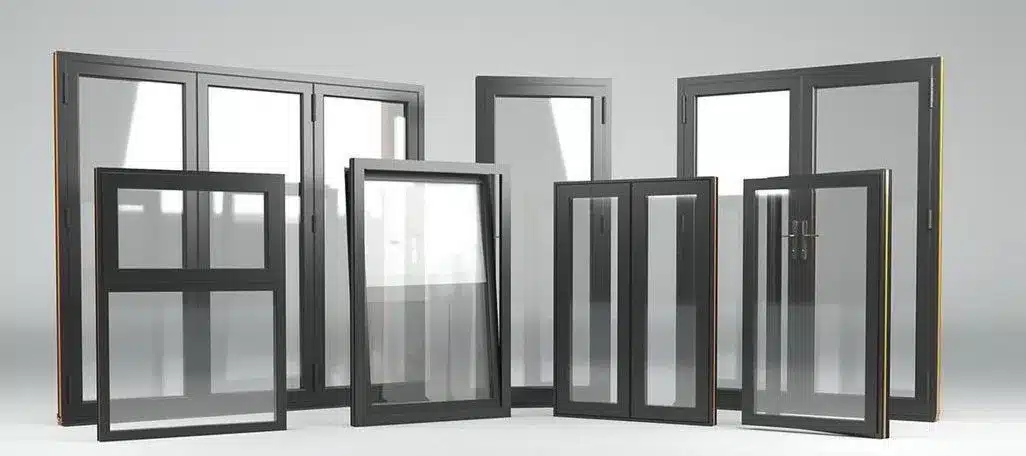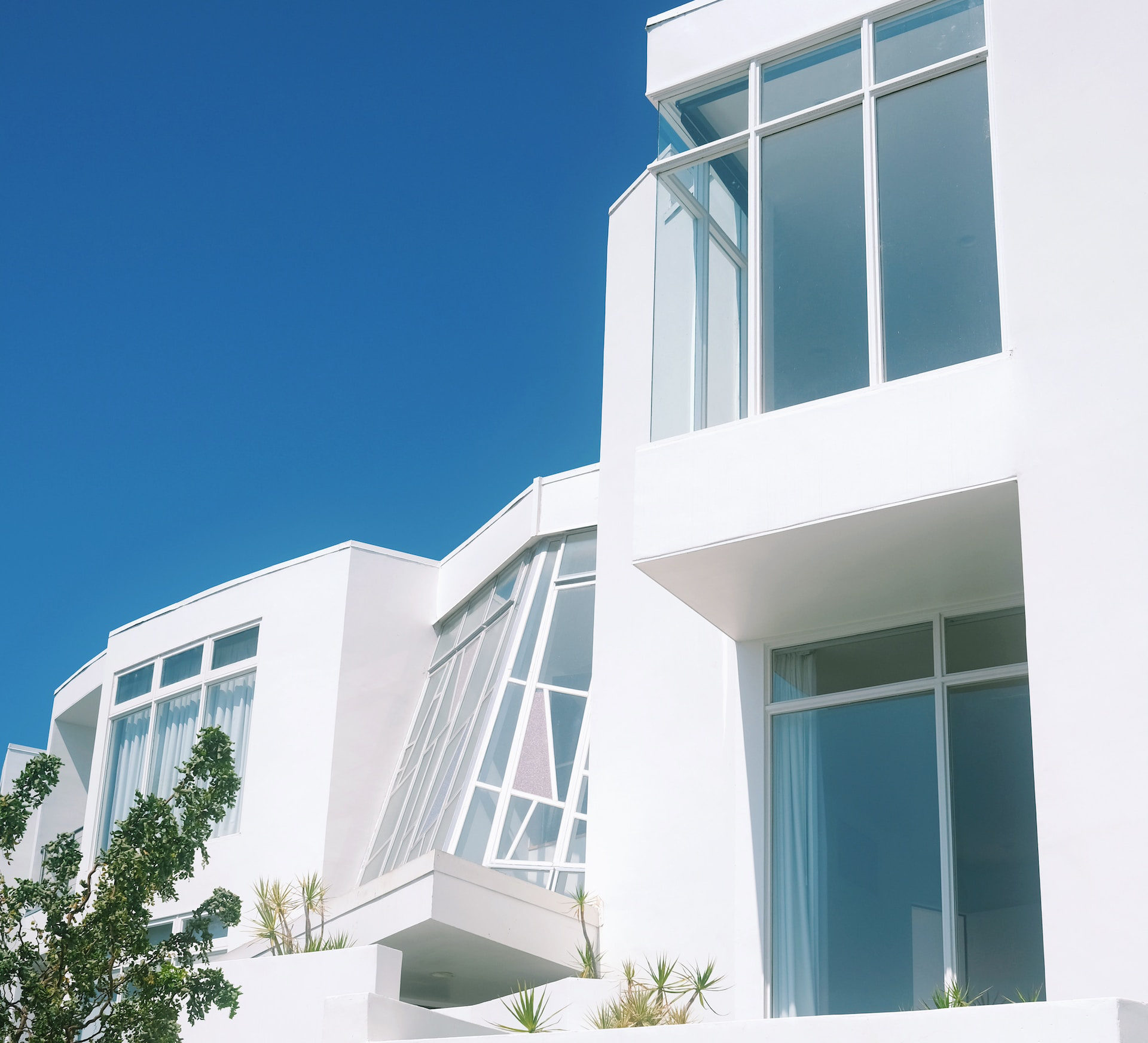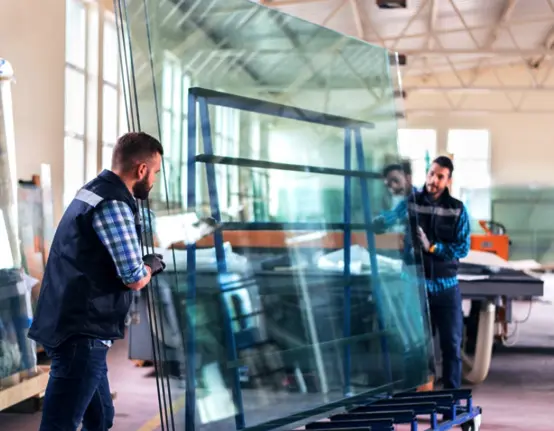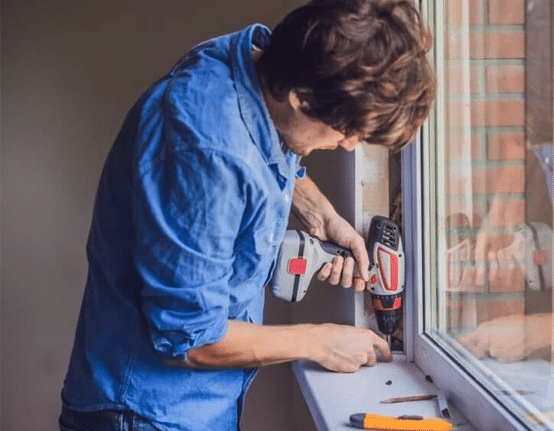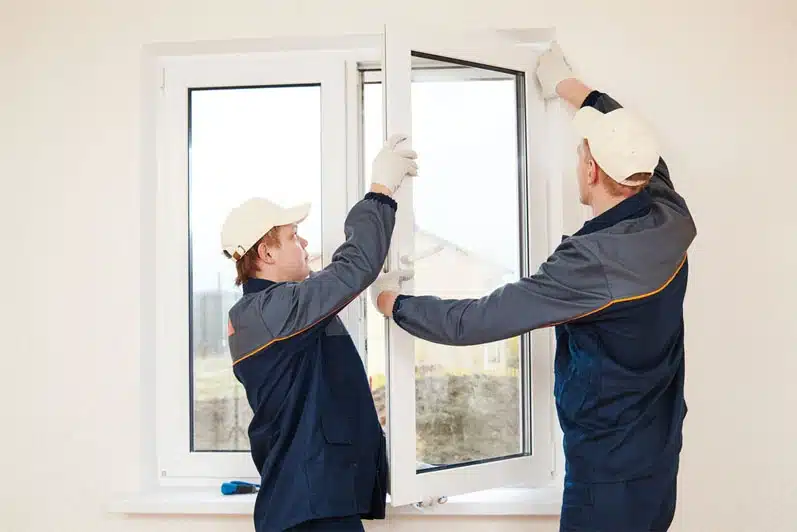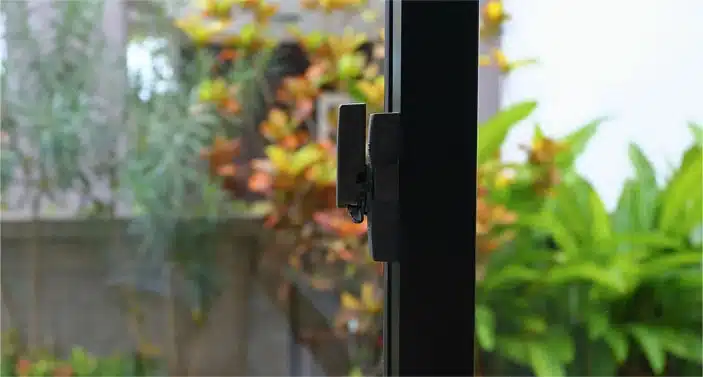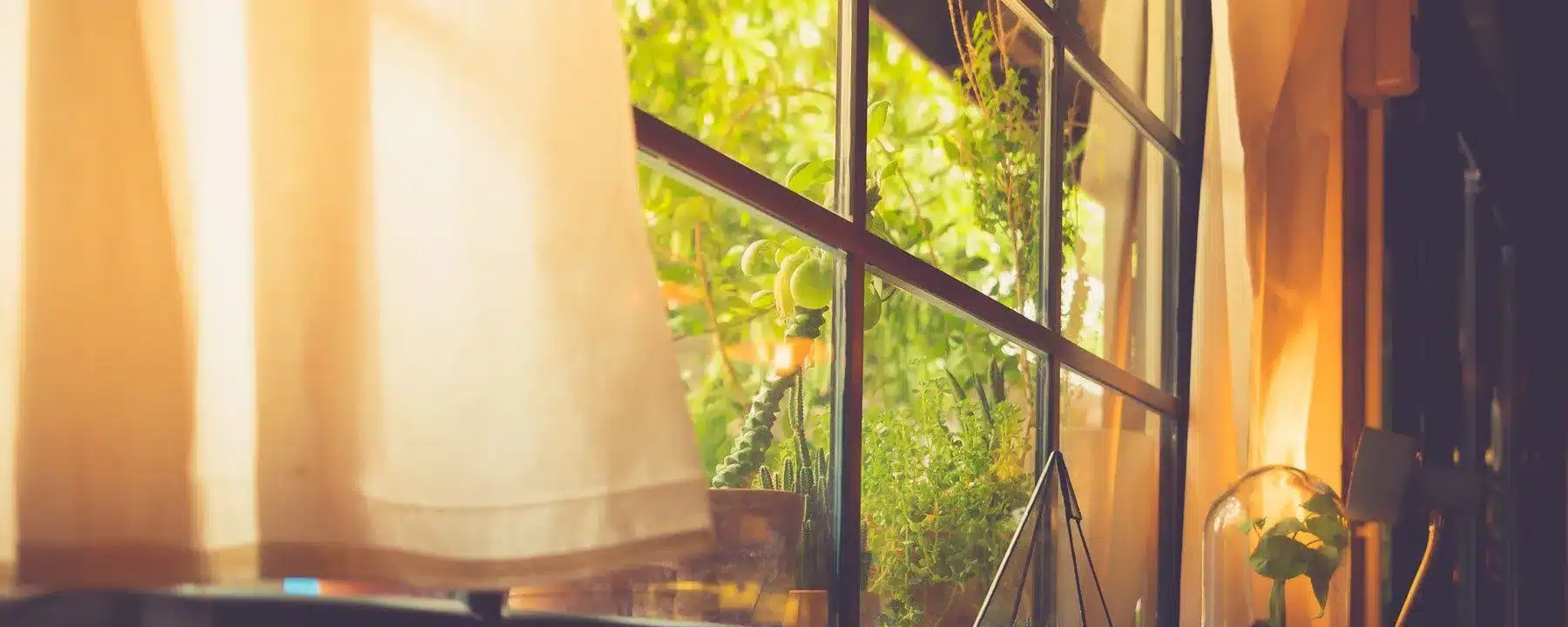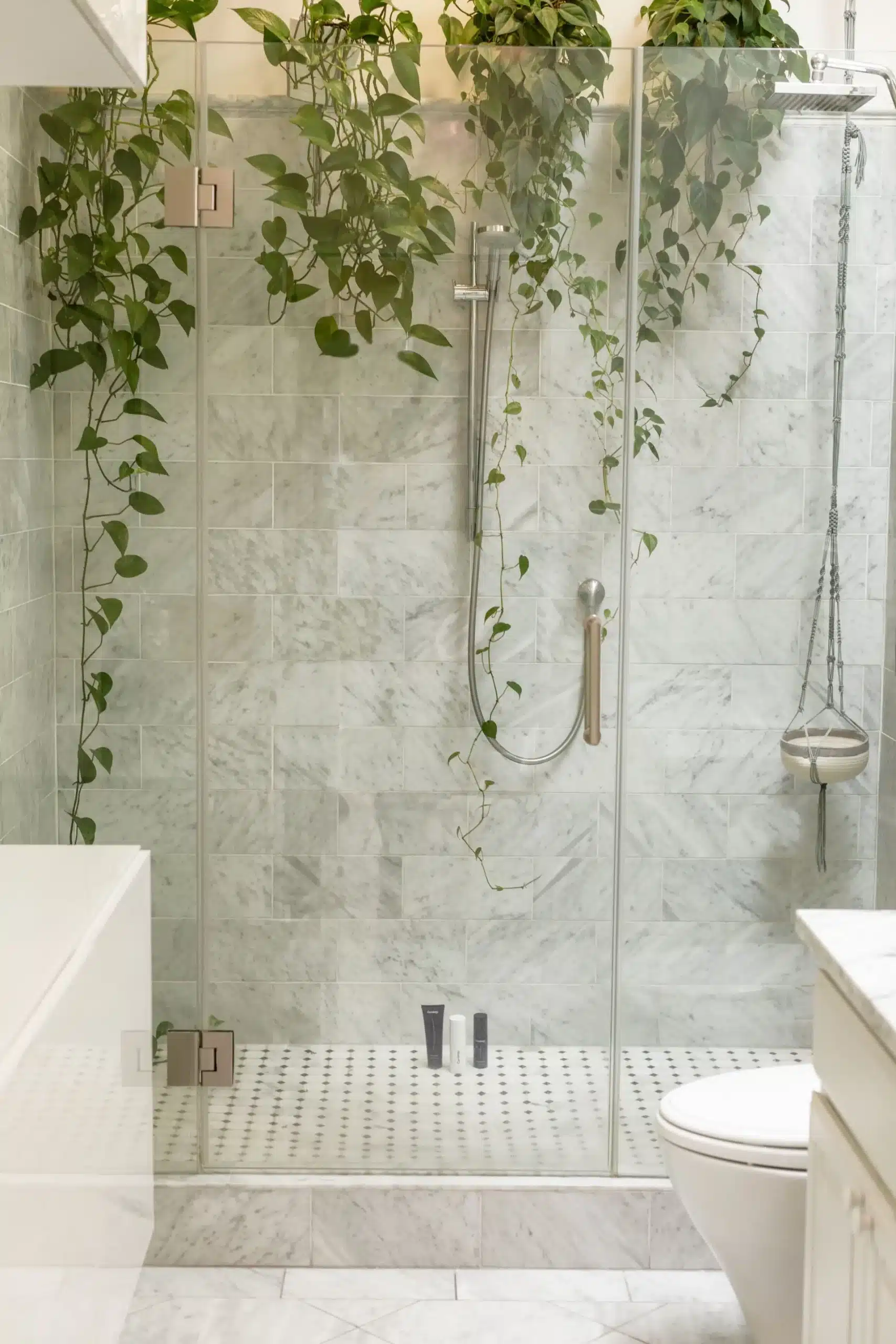For anyone looking to install, replace, or repair windows, one of the biggest challenges has to be deciding on what type of material to make use of. Aluminum and uPVC (unplasticized polyvinyl chloride) are two of the most popular options. Here we will look at the key features of each so you can be better informed when making a choice.
Aluminum
Pros
– It is stronger material than upvc, making it ideal for use where thinner use of material is desired. It can generally support larger glass panels better, making it a better choice where large windows with less paneling are needed. Better support means fewer aluminium window repairs can be expected later. this includes commercial premises, storefronts, schools, and government buildings. Some residential homes, paricular those with contemporary and minimalist designs, can also benefit from the use of aluminium.
– Besides being strong, aluminum is also highly durable. Its frames can last well over two decades with due care and never rust as it does not react to moisture. This longevity can be enhanced by powder coating that helps protect the metal from scratches, chipping, fading, and other wear. It is a better option than regular painting as it bonds well with aluminum and is applied in thicker layers.
– Aluminum does well under extreme conditions. Whether it is severe cold or heat, it stands up well to exposure, making it a safer choice as it maintains the integrity of the structure, wherever it has been built.
– For the environmentally conscious, aluminum is a sound choice as it can be infinitely recycled. Old aluminum can be recycled to make high-quality new aluminum. This can be accomplished using just 5% of the energy used to create brand new aluminum.
– It is also more versatile in terms of appearance. Even for aluminum doors Perth suppliers can customize the material in a wide range of color options, making it ideal for use in constructions that call for this design flexibility. It can also be customized to varied effects like wood or stone for more traditional builds.
Cons
– While aluminum does well under extreme conditions, it is a strong conductor of heat. This can be a problem when trying to control temperatures within a building. Incorporating newer technologies like thermal breaks can however be a big help in resolving this problem and provide better insulation. Checking the energy rating on the window should help in ensuring you are getting the best return on your investment.
– Aluminum is a more expensive material than uPVC. Its durability, however, makes up for this as you can expect a longer life from them, as much as 45 years with attentive care.
– For those in need of the best soundproofing, aluminum is just slightly less effective than uPVC. Most contractors would advise focusing on the glass to cut down on exterior noise. Quality double or triple glazing works best.
uPVC
Pros
– These windows can also be expected to last around two decades. This long lifespan makes it a great investment that further benefits from its resistance to rot.
– uPVC windows are typically more affordable than aluminum. Maintenance and cleaning costs are also kept to a minimum as they can be kept looking good with just a simple wipe down with a damp cloth.
– The installation process for uPVC tends to be faster thanks to the lightweight nature of the material. Whether it is a double or triple glaze, the work goes quickly.
– uPVC has better insulation properties, making it great for controlling energy costs related to heating and cooling. Because of its lighter frame, more paneling is often required within the frames that also helps with insulation. This helps make it a more cost-effective option than aluminum in some environments.
– This material does not color fade throughout its life. It can also be ordered in a variety of wood effects and colors to suit whatever design ideas.
Cons
– As mentioned, uPVC is more lightweight, making it less able to support large panes of glass. That means more limited natural light penetration to the interior and less versatility in the design of windows.
– Though cheaper, the basic white uPVC window frames often have a plastic look to them that is displeasing to property owners wanting to have their structure seem more upscale. This problem is best handled by opting for better color options and customized wood effects.
While both these materials do offer considerable benefits, aluminum does slightly edge out the competition thanks to its better durability, design flexibility, and improved technologies that enhance its ability to insulate. If it can be afforded, aluminum does offer the best value for money.
